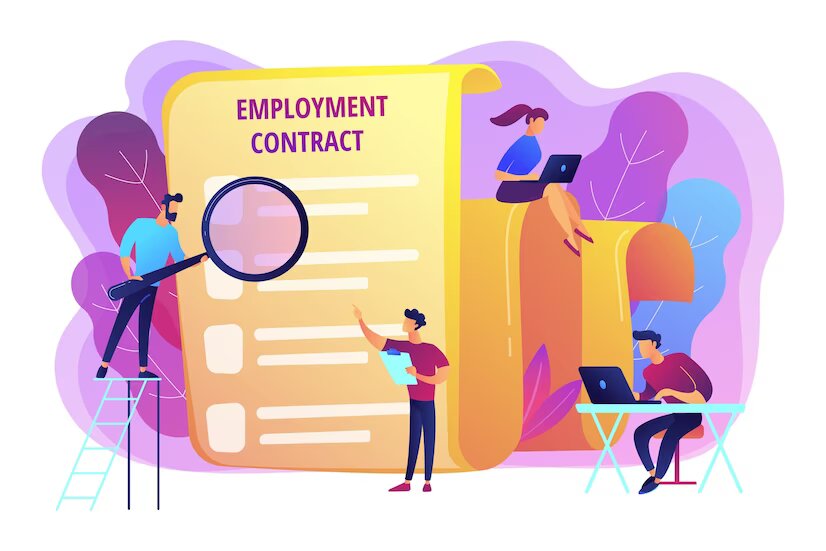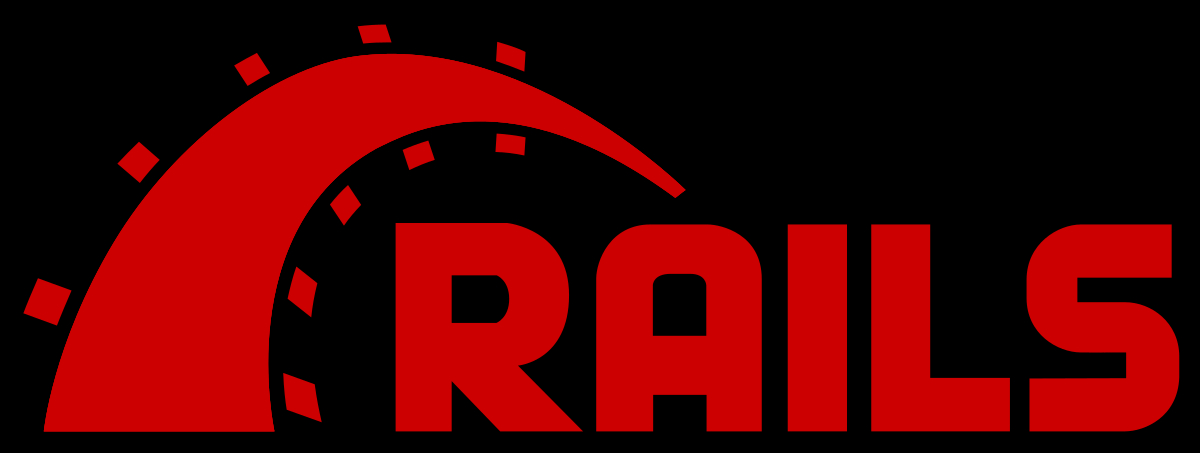- Why Are Employment Contracts Necessary?
- How To Draft An Employment Contract: 8 Steps
- Create A Title For Your Employment Contract
- Identify The Names Of All Parties Of The Contract
- Use Clear English That States The Terms And Conditions Of The Employment Period
- Mention The Responsibilities
- Mention Details Related To Compensation
- Use Sections To Split The Contract Into Easily Interpretable Parts
- Use The Correct Language And Terms For Your Employment Contract
- Check The Contract With A Lawyer
- Drafting Employment Contracts: What Not To Forget
Your Step-By-Step Guide For Drafting Top Employment Contracts
May 16, 2023

Are you about to draft an employment contract? Are you searching for accurate information to find out “how does an employment contract work?” It’s vital to get the process correct and avoid making any errors.
The great news is that in this article, we’ll cover every step you should follow for drafting an employment contract without any mistakes. Let’s first consider why employment contracts are essential and then get to the steps.
Why Are Employment Contracts Necessary?
An employment contract is critical if you need to set out the responsibilities of a new hire and your responsibilities as an employer. Establishing an employment contract has several advantages, including:
- Making the working relationship transparent
- Preventing misunderstandings in the future
- Letting employees know about their hours or contract type
- Getting rid of any ambiguous factors
How To Draft An Employment Contract: 8 Steps
So, let’s now consider the 8 steps you must complete to effortlessly draft an employment contract before hiring your next employee.
Create A Title For Your Employment Contract
Begin the process by creating a title for your employment contract. The title must be easy to understand and mention this type of employment document. For example, you may wish to use the title: “Employment Contract [Company name–Employee Name],” or “[Company Name–Employee Name] Employment Agreement.”
Identify The Names Of All Parties Of The Contract
With the document named, you can now include a statement that declares which parties are a part of the contract. The statement should feature the names of the employer and employee who must abide by the contract’s contents.
For instance, you may consider using a statement such as the following to name the parties involved in the contract: “This employment agreement sets out terms and agreements between [Company Name] and [Employee Name].
Use Clear English That States The Terms And Conditions Of The Employment Period
It’s fundamental that when you write your employment contract, you use clear English and describe the terms and conditions of the employment period accurately. Some of the critical terms and conditions you may wish to outline include the following:
- Working hours (and whether the work is probationary, temporary, at will, trial, full, or part-time)
- Sick leave or paid holiday days
- The company dress code
Mention The Responsibilities
Include a section that stipulates the new hire’s specific responsibilities. To be clear when describing these responsibilities, you may wish to use percentages to designate the specific amount of time new employees will spend completing these tasks. For example, 50% of the work may be handling client phone calls, 20% may be liaising with team members, and 30% may be completing marketing responsibilities.
Mention Details Related To Compensation
Part of describing compensation involves the method of compensation. Will your employee receive a transfer? Will they receive a check? Will they receive a direct deposit? Make sure you’re accurate when describing the compensation method and mention how frequently you will pay them (whether that’s fortnightly or monthly).
Another part of describing employee compensation is whether your new hire will receive bonuses, paid holidays, or overtime. Be specific when describing these in your compensation clause.
Use Sections To Split The Contract Into Easily Interpretable Parts
Structure your employment contract into specific sections with their own contract clauses. Include a section for signatures, and don’t forget that you can add extra clauses if you want to safeguard and endorse the confidentiality of your company’s data, outline how you will resolve any disputes, or describe prohibited actions from the employee.
Use The Correct Language And Terms For Your Employment Contract
You must know and use the correct legal phrases in employment contracts, so make sure you’ve used the right words. Some of the specific language and terms you may want to include in your employment contract include:
- Termination of agreement–which describes the end of employment (such as a layoff)
- Effective date–which explains the date when a contract takes effect
- Notice–which describes a process of giving someone notices that a contract will end
- Dispute process–which describes the process through which each party resolves a disagreement
Check The Contract With A Lawyer
With all the employment details, you can complete the hiring process and finish drafting your employment contract by checking the details with a lawyer. This process will ensure all the loose ends are tied and that the agreement is entirely legal.
Drafting Employment Contracts: What Not To Forget
Drafting an employment contract doesn’t have to be complex. Remember the eight steps in this article to draft one that contains all the correct information and is error-free. Don’t forget to check the details with an employment lawyer before getting your new hire to sign it. Draft an employment contract and hire someone skilled without any errors.
Additional:











